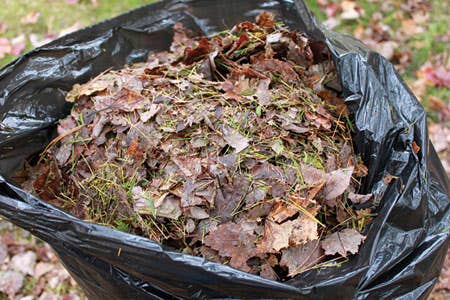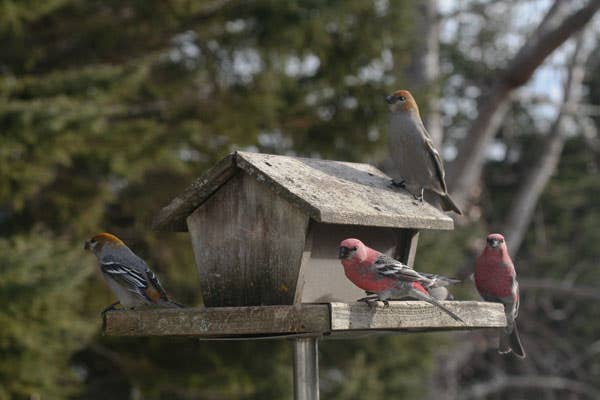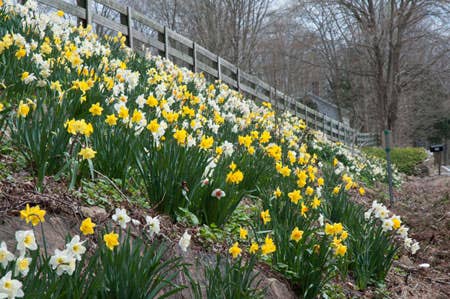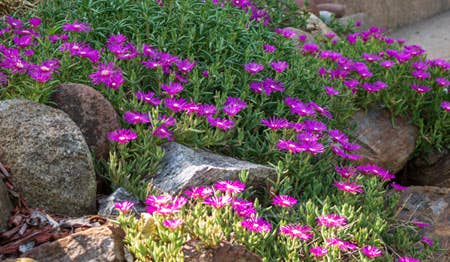Q&A: What To Do With Grass Clippings
When I mow, should I bag the grass clippings or leave them on the lawn? I’ve heard conflicting advice.
When I mow, should I bag the grass clippings or leave them on the lawn? I’ve heard conflicting advice.
Answer: You can leave the clippings where they fall. It used to be believed that grass clippings create thatch, a brown, spongelike matting that prevents water and air from reaching the lawn’s roots. Thatch is actually a buildup of living and dead grass roots and stems. It can be prevented by regular aeration and/or power raking.
Grass clippings break down quickly. They contain much nitrogen as well as some other nutrients; as they clippings decompose these nutrients are returned to the lawn, promoting steady growth.
Grass clippings on the lawn also encourage earthworms and other microorganisms to populate the area. In this way clippings actually help prevent thatch, because earthworms and the like break down thatch.
Leaving the clippings on the lawn also reduces the overall time and energy you spend on mowing.
If you do choose to collect the clippings, you can add them to a compost pile or use them as garden mulch, provided the lawn hasn’t been treated with an herbicide in the prior two weeks. Don’t layer the mulch more than two inches; otherwise it will rot and smell. Spread them thinly so they dry quickly, and add more later.







